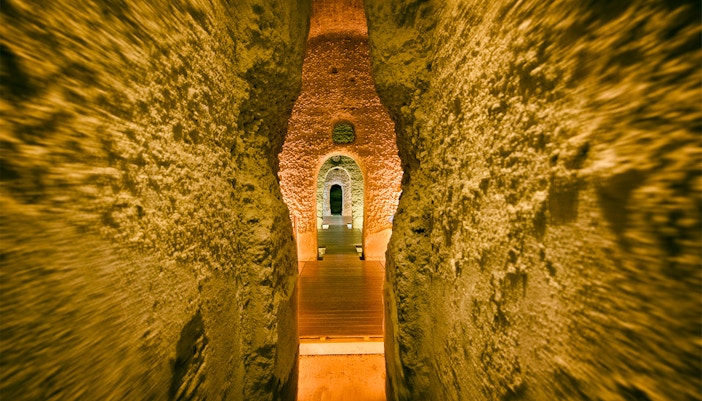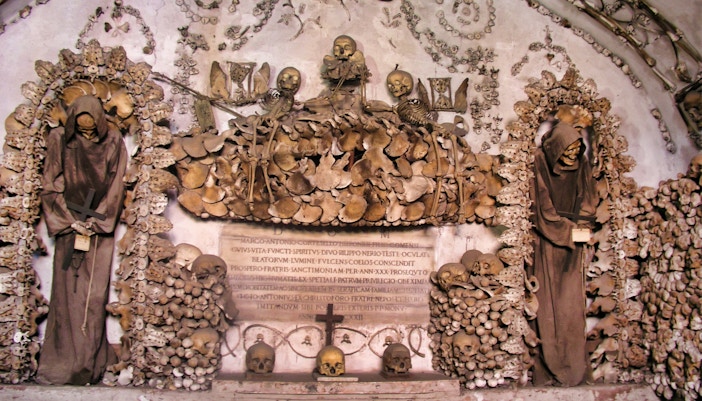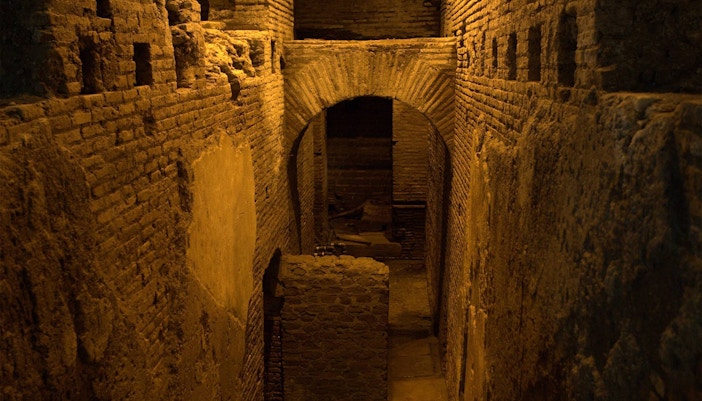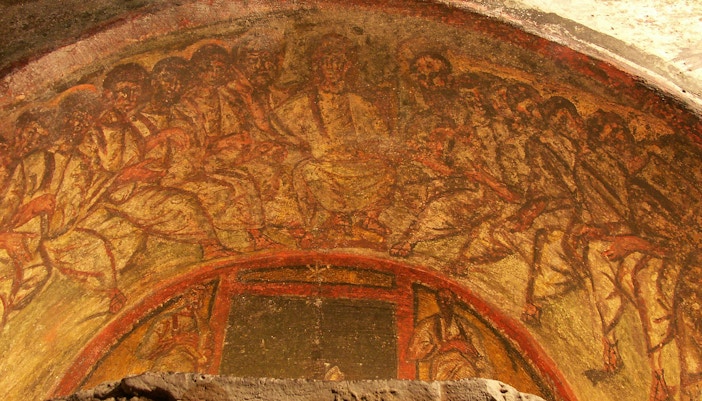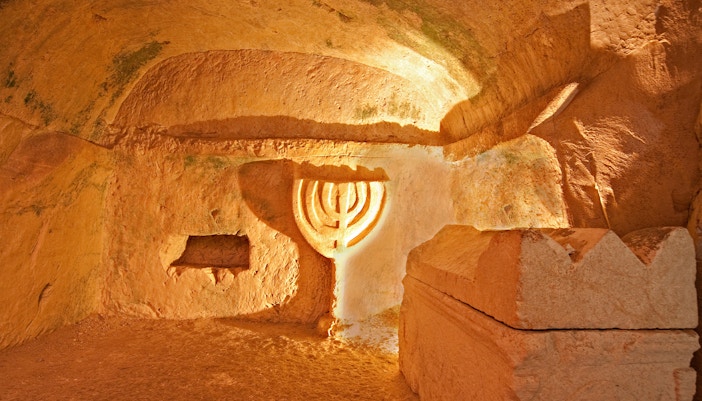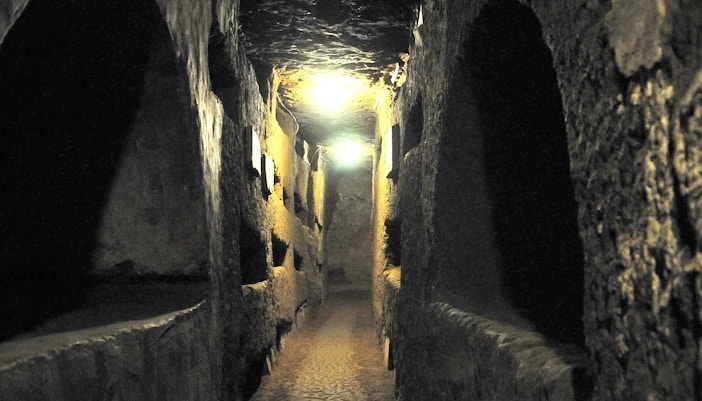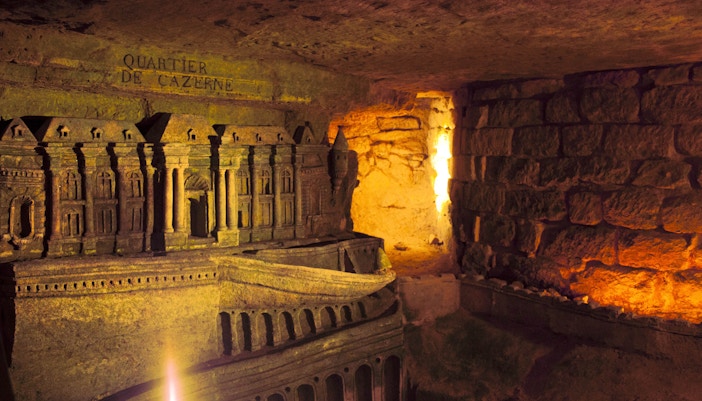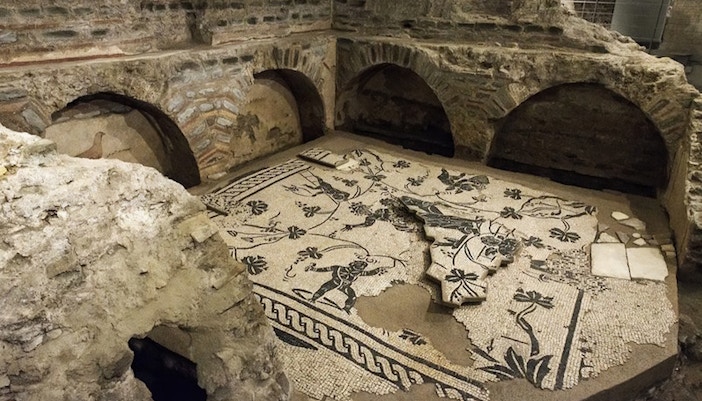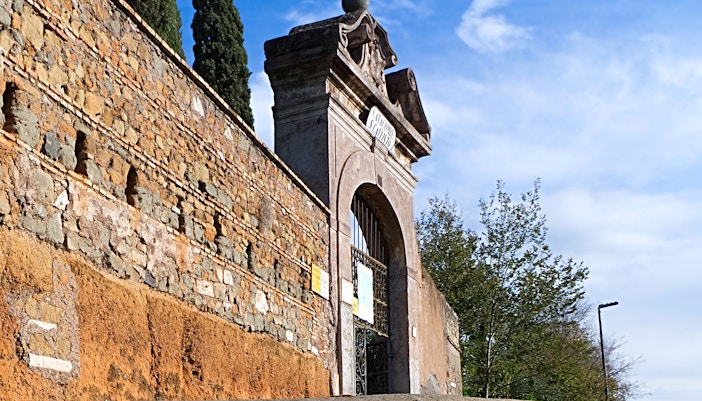Spreading over 400 miles (600 kilometers), the Roman Catacombs of Rome form an immense burial network. These catacombs, stretching beneath the city of Rome, are among the world's most expansive and intricate burial systems. Originally designed as resting places for Christians and Jews, they housed over 500,000 individuals, including early Christian martyrs, esteemed popes, and noble figures.

